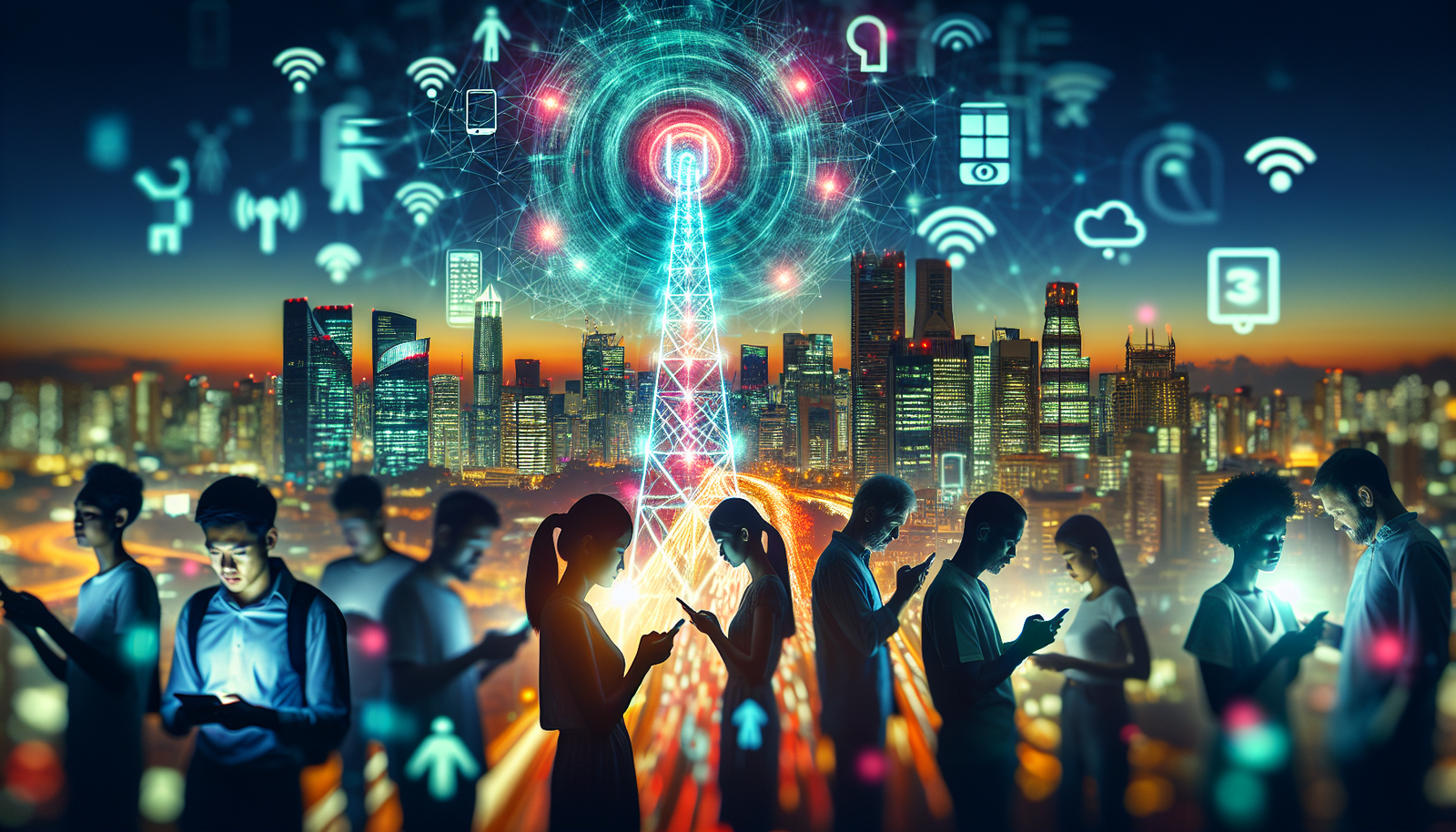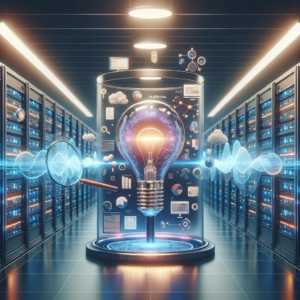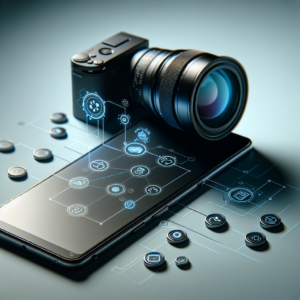Have you ever stopped to think about how drastically communication has evolved over the past few decades? From the days of rotary telephones to the instant connections we have today, technological advancements have continually transformed the way we interact. One of the most exciting developments in this realm is 5G technology, which promises to revolutionize communication even further. Let’s take a closer look at this groundbreaking technology, what it brings to the table, and how it’s shaping our future.
Understanding 5G Technology
Before jumping into the innovations and benefits of 5G, it’s essential to understand what 5G really is. Short for “fifth generation,” 5G is the latest iteration of mobile network technology, succeeding 4G LTE. Each generation of mobile networks has aimed to provide faster speeds, lower latency, and greater connectivity, and 5G is no exception.
What Makes 5G Different?
So, what sets 5G apart from its predecessors? The most significant advancements include:
- Higher Speeds: 5G can offer download speeds of up to 10 Gbps, which is a substantial increase compared to the maximum of about 1 Gbps provided by 4G.
- Lower Latency: The latency of 5G networks can drop to as low as 1 millisecond, enhancing real-time communication and interaction.
- More Connectivity: 5G technology can support up to a million devices per square kilometer, which is essential for the growing Internet of Things (IoT).
These enhancements mean that 5G doesn’t just improve current technologies; it opens doors to entirely new possibilities.
Innovations Driven by 5G
As I reflect on the innovations that are emerging due to the implementation of 5G technology, several key areas catch my attention. Each innovation holds the potential to disrupt existing industries, enhance services, and improve everyday life.
Smart Cities
The concept of smart cities is becoming more tangible with the advent of 5G. I can imagine a future where urban areas are interconnected in ways we’ve only dreamed about. With high-speed communication between infrastructure, public transport, and services, we could see improvements in everything from traffic management to energy efficiency.
For example:
| Innovation | Description |
|---|---|
| Intelligent Traffic Signals | These signals can adapt in real-time based on traffic conditions, reducing congestion. |
| Smart Waste Management | Sensors can monitor waste levels, optimizing pickup routes and schedules. |
Enhanced Mobility
When I think about the transportation sector, 5G enables exciting advancements—especially with autonomous vehicles. With real-time data exchange, vehicles can communicate with each other and surrounding infrastructure, enhancing safety and efficiency.
Key Features:
- Vehicle-to-Vehicle (V2V) Communication: This enables cars to exchange information about their speed, direction, and the presence of obstacles.
- Vehicle-to-Infrastructure (V2I) Communication: This allows vehicles to receive traffic updates and signals from smart traffic management systems.
Overall, the transportation landscape is set to evolve, making travel safer and more efficient.
Healthcare Innovations
Healthcare is another field where 5G is making a significant impact. As someone who values health and wellness, I find it exciting that telemedicine will become even more accessible and effective.
Benefits of 5G in Healthcare:
| Application | Benefits |
|---|---|
| Remote Surgery | Surgeons can perform operations via robotic arms with minimal latency. |
| Remote Patient Monitoring | Continuous monitoring of patients can be done more efficiently, leading to timely interventions. |
Imagine being able to receive high-quality care from the comfort of home or having a specialist perform a procedure on a patient miles away in real-time—it’s truly a game-changer!
Virtual Reality (VR) and Augmented Reality (AR)
Both VR and AR are on the verge of a breakthrough, thanks to the capabilities of 5G technology. These technologies require high bandwidth and low latency, making them ideal candidates for 5G’s capabilities.
Potential Uses:
- Gaming and Entertainment: Stream games in real-time with minimal lag, providing a more immersive experience.
- Education and Training: Utilize AR in classrooms or VR simulations for professional training, making learning more engaging.
I can only imagine how our interactions with both entertainment and education will change when these technologies become commonplace.
The Role of 5G in Business Transformation
From my perspective, 5G technology isn’t just about improving how individuals connect; it’s also a catalyst for business transformation. Companies across various sectors stand to benefit from adopting this technology.
Agriculture
In agriculture, farmers will be able to use IoT devices and 5G technology to monitor crops and livestock in real-time. Sensors can collect data on soil moisture, climate, and crop health, allowing for efficient resource management.
Impact on Agriculture:
| Application | Benefit |
|---|---|
| Precision Farming | Data-driven decisions lead to higher yields and resource savings. |
| Remote Monitoring | Farmers can manage operations from afar, increasing efficiency. |
This approach can lead to sustainable farming practices, ultimately benefiting both the environment and food supply.
Manufacturing and Industry 4.0
In manufacturing, 5G is a critical enabler of Industry 4.0, where smart factories utilize advanced technology to optimize production processes. With interconnected machines, real-time data can help optimize workflows.
Enhancements in Manufacturing:
| Technology | Description |
|---|---|
| Predictive Maintenance | Machine health monitoring can predict failures before they happen. |
| Automation | Increased automation leads to higher productivity levels. |
As I think about the implications, it becomes clear that businesses can not only reduce costs but also create higher-quality products.
Enhanced Retail Experience
The retail sector is undergoing a significant transformation, largely influenced by 5G. As a consumer, I am excited about how it could enhance shopping experiences.
Examples of Retail Innovations:
| Technology | Benefits |
|---|---|
| Smart Stores | Stores can monitor inventory in real-time, creating a more efficient supply chain. |
| AR Shopping Experiences | Customers could visualize how products would look in their homes before purchasing. |
With these innovations, shopping could become more personalized and efficient, leading to increased customer satisfaction.
Overcoming Challenges
Of course, with any technological advancement, challenges must be addressed. I recognize that the rollout of 5G technology faces several obstacles that will need careful consideration.
Infrastructure Requirements
Building the necessary infrastructure for 5G is no small feat. It requires significant investment in new antennas and base stations, particularly in rural areas where coverage has historically lagged.
Security Concerns
As more devices become connected, the risk of cyber threats increases. Ensuring robust security protocols will be essential to protect sensitive information and maintain user trust.
Spectrum Availability
The availability of radio spectrum—essential for delivering 5G services—remains a contentious issue. As I see it, governments and organizations must work collaboratively to allocate this resource effectively.
Looking Ahead: The Future of Communication
As I contemplate the future of communication in light of 5G technology, I feel a sense of optimism. The innovations on the horizon promise to enhance numerous aspects of everyday life, making communication faster, more efficient, and more integrated than ever before.
6G and Beyond
While 5G is being rolled out, discussions about 6G are already starting to surface. Imagine communication speeds that reach hundreds of gigabits per second, making today’s technology seem slow by comparison. Though it may sound futuristic, research into 6G is already underway and is expected to focus on even more advanced applications, such as advanced AI integration and seamless global connectivity.
Global Connectivity
I find it particularly intriguing that 5G can also bridge the digital divide. By improving access to high-quality internet service, communities around the world can connect with educational resources, healthcare services, and economic opportunities. This could lead to a more equitable global society as access to information becomes more democratized.
Conclusion: A Brave New World of Communication
In reflecting on the advancements of 5G technology and its implications for the future of communication, I’m filled with excitement about what lies ahead. From smart cities and autonomous vehicles to enhanced healthcare and innovative retail experiences, the potential is vast. The challenges we face will require collaboration and innovation, but I believe that together we can navigate them successfully.
I am looking forward to witnessing how these advancements unfold and shape the way we communicate, work, and interact with the world around us. The journey has only just begun, and I can’t wait to see where it takes us!






